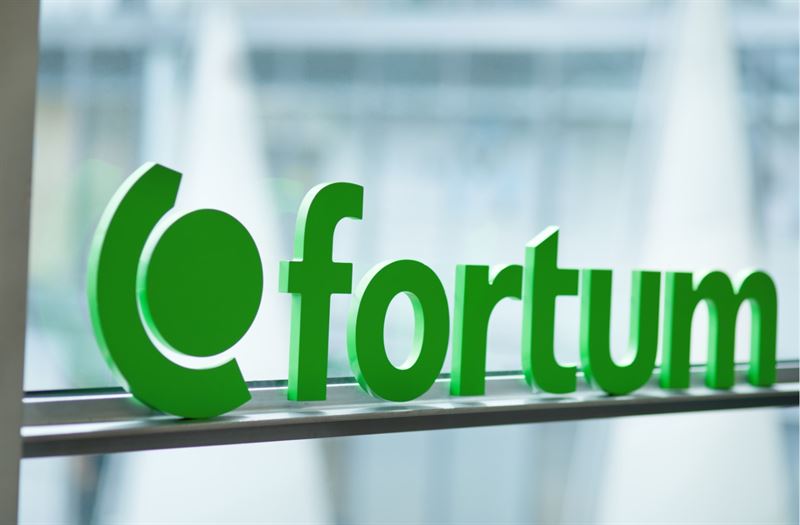Fortum is advancing its European coal phase-out strategy with a major retrofit of its Zabrze combined heat and power (CHP) plant in Poland.
The company plans to invest approximately EUR 85 million in the project between Q4 2025 and Q4 2027, signaling a significant step toward its goal of exiting coal entirely by the end of 2027.
In 2024, Fortum reported that 99% of its power generation was sourced from nuclear, hydro, and renewables, while coal still accounted for 23% of its heat production. The Zabrze plant upgrade, which will integrate biomass and refuse-derived fuel (RDF) technologies, is expected to reduce coal-based capacity by 0.1 GW and cut annual direct fossil CO₂ emissions by roughly 280,000 tones. The initiative complements an earlier decision to decarbonize the Czestochowa CHP plant in Poland, further reducing Fortum’s reliance on coal.
Beyond Poland, the company’s remaining coal capacity of approximately 0.8 GW is maintained primarily as a backup for the Finnish electricity system in the event of severe disruptions. These measures align with Fortum’s broader climate commitments, including SBTi-validated near- and long-term emissions reduction targets and a science-based net-zero objective by 2040.
Fortum’s decarbonization strategy extends to district heating in Finland. Through the EUR 300 million Espoo Clean Heat program, the company is replacing fossil fuels in heat production with smart, flexible solutions. The program aims for carbon-neutral district heat production and distribution in Espoo, Kauniainen, and Kirkkonummi by 2030, with coal use already phased out in April 2024—over a year ahead of schedule.
The Zabrze retrofit illustrates Fortum’s approach to reducing fossil fuel dependence while maintaining energy security. By combining biomass and RDF with existing CHP infrastructure, the company leverages flexible, lower-carbon fuel sources to maintain heat and power output without the emissions associated with coal. For the Polish market, where coal has historically been a dominant heat source, such investments are critical in achieving national and EU decarbonization targets.
Fortum’s Polish projects form part of a multi-layered strategy that balances emissions reduction, regulatory compliance, and operational reliability. The combination of strategic plant retrofits, fossil fuel replacement in heat networks, and retention of minimal coal capacity for emergencies reflects a pragmatic transition model: reducing carbon intensity without compromising energy supply.
By targeting both power and heat sectors, Fortum demonstrates a holistic approach to decarbonization, integrating renewable alternatives, flexible fuel solutions, and smart district heating systems.
Stay updated on the latest in energy! Follow us on LinkedIn, Facebook, and X for real-time news and insights. Don’t miss out on exclusive interviews and webinars—subscribe to our YouTube channel today! Join our community and be part of the conversation shaping the future of energy.





